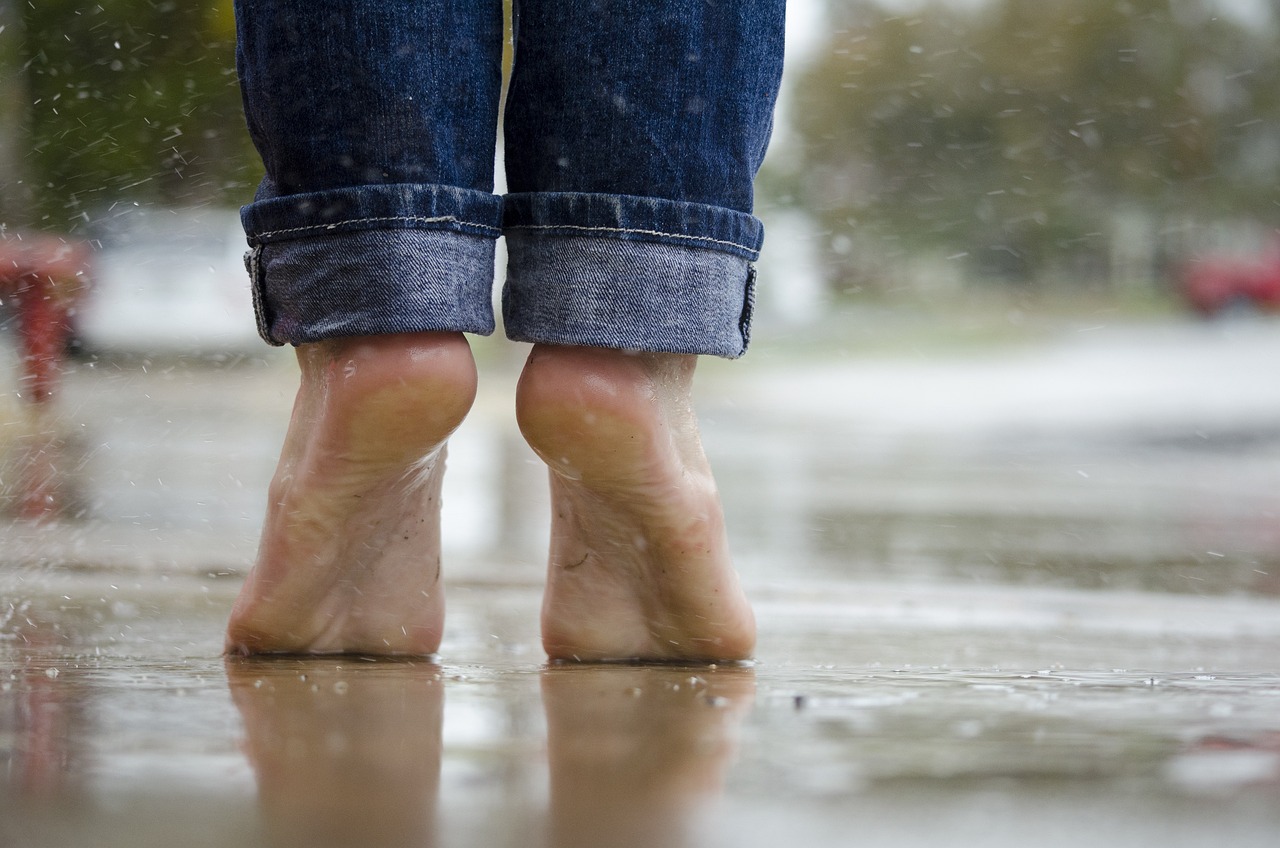Foot pain is a relatively common complaint, which is understandable considering we use our feet regularly. Foot pain can also be particularly difficult to cope with because we still need to walk, which can make the pain worse and possibly exasperate the situation.
The severity of the pain can range from being mildly irritating to out-and-out agonizing, potentially having a significant detrimental impact on a person’s quality of life. However, most causes of foot pain can be addressed, relieving symptoms or curing the patient’s ailment altogether.
There are also many potential causes of foot pain, many of which are unavoidable. Regardless, let’s take a look at some of the most common reasons for foot pain and what you can do about them.
Broken Toes
We’ve all stubbed our toes at least once in our lives and know the searing pain it can cause. In most cases, the pain will pass and you’ll be left with no permanent injuries. However, you might also end up with broken bones, and the toe bones are among the most exposed in our bodies.
In addition to the pain, a broken toe will also likely swell and turn red, with the area becoming tender to the touch. Some people will also experience bruising in the affected area. An x-ray will be required for a diagnosis in some instances, but that’s not always the case. Of course, other bones in the foot might also be broken depending on what happened.
Broken toes will usually have their position corrected if necessary, or splinted or placed in a cast to protect them while they heal. Medication will often include anti-inflammatories and painkillers, while some people might be prescribed antibiotics to help prevent infection.
Sprained Foot
Our feet contain ligaments that help connect our muscles to our skeletons, enabling us to move. It is relatively easy to put these ligaments under too much strain, causing them to tear which can be unbearably painful in some cases. The area will also become swollen and tender to the touch.
One of the most important things when treating a sprained foot is to keep the pressure off it as much as possible to help it heal. But, understandably, this is easier said than done, especially for people who must work and have other commitments.
Treatment for a sprained foot typically involves resting, while painkillers are also sometimes prescribed. Surgery may be necessary in some cases depending on the severity of the tear.
Plantar Fasciitis
Plantar fasciitis is among the most common causes of pain in the heel area. The condition involves a band of tissue connected from the toes to the heel bone. This tissue will sometimes become inflamed which can, in turn, cause pain.
Plantar fasciitis is typically worse in the morning after the foot has spent hours relatively motionless. People will often experience pain from the moment they wake up only for the pain to fade as they move more. However, the symptom can return if a long time is spent remaining still.
Flat Feet (Fallen Arches)
Most people will find an arch at the bottom of their feet, as opposed to the whole surface of the foot contacting the floor. This condition is known as flat feet and is often a case of improper development during childhood. It can also occur through everyday wear and tear, while fallen arches are also sometimes caused by injury.
Flat feet are painless in most cases with no treatment required. However, if the condition is causing a person pain, then therapy and/or surgery may be necessary.
Morton’s Neuroma
Motoron’s Neuroma is a condition where tissues in the toes thicken. This often occurs around the nerves, putting pressure on them and causing pain. The pain is often described as a burning pain at the rear of your foot, while some will also experience sensations in their toes.
In many cases, wearing loose-fitting footwear will help relieve the symptoms. You can also buy pads that help support your feet in such a way that helps take pressure off the affected area. Surgery may be necessary in some cases.
Foot Pain and Therapy
Treatment for various types of foot pain will involve therapy, which comes in different varieties. Regardless of the exact type of physical therapy being used, the common goal is to help the body repair itself, or at least reduce swelling and pain.
Physical therapy often involves encouraging the patient to use their muscles to add strength and flexibility. Additionally, therapy can involve massaging and manipulating the affected area to encourage blood flow to and from the area. This blood will carry all the resources required to help repair the body, helping with healing and lessening symptoms.
Another benefit of therapy is that it can be used in conjunction with medication to help get the best results. Regardless of your ailment, get in touch with a professional and they may be able to reduce or stop the pain, improve mobility, and improve your overall standard of living.
Get in Touch
If you are experiencing foot pain, then get in touch with the team at OSTCO and we will be happy to help. Our expert team will provide a diagnosis and create a tailor-made therapy plan. We are also happy to offer any advice we can to help make your day easier, such as tips on how to avoid triggers or events that can cause symptoms.


